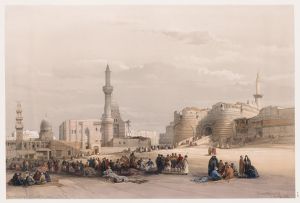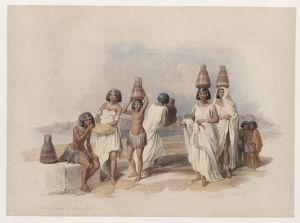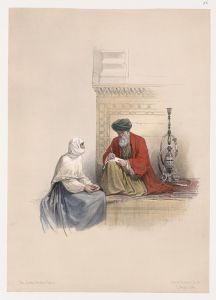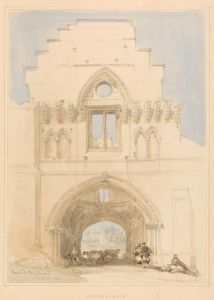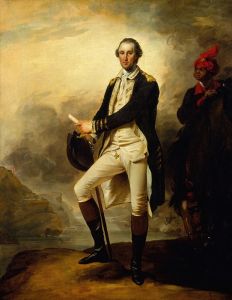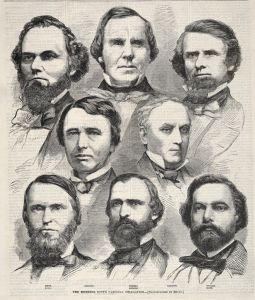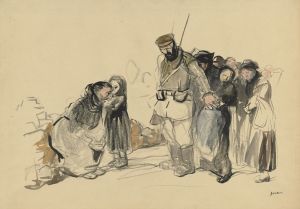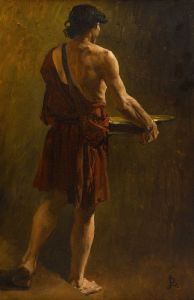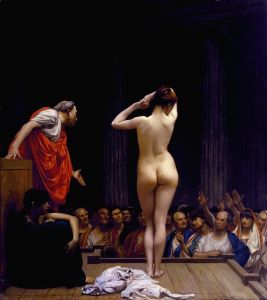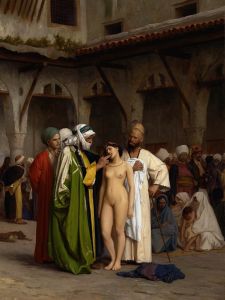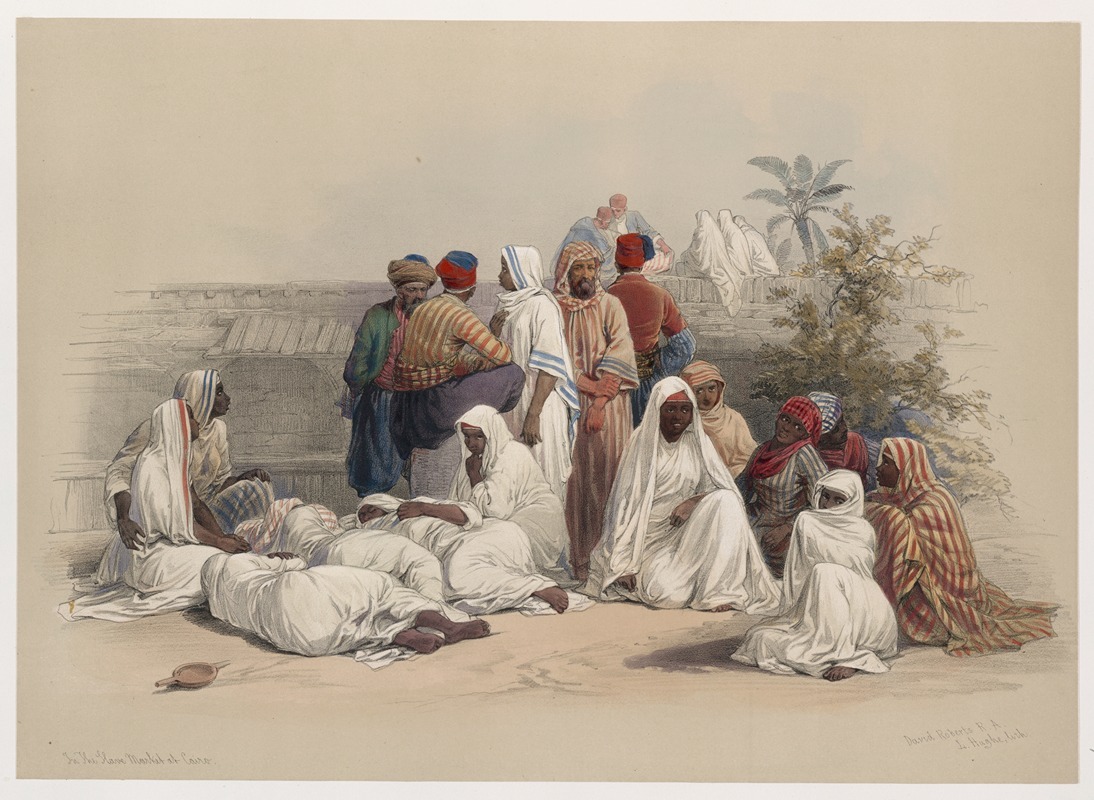
In the slave market at Cairo.
A hand-painted replica of David Roberts’s masterpiece In the slave market at Cairo., meticulously crafted by professional artists to capture the true essence of the original. Each piece is created with museum-quality canvas and rare mineral pigments, carefully painted by experienced artists with delicate brushstrokes and rich, layered colors to perfectly recreate the texture of the original artwork. Unlike machine-printed reproductions, this hand-painted version brings the painting to life, infused with the artist’s emotions and skill in every stroke. Whether for personal collection or home decoration, it instantly elevates the artistic atmosphere of any space.
David Roberts was a Scottish painter known for his detailed and historically significant works depicting scenes from the Middle East and North Africa. One of his notable paintings is "In the Slave Market at Cairo," which captures a moment in the bustling and complex environment of a 19th-century slave market in Cairo, Egypt. This painting is part of Roberts' larger body of work that documents his travels in the region during the early 19th century.
Roberts was born in 1796 in Stockbridge, Edinburgh, and began his career as a scenic painter for theaters. His interest in travel and exotic locations led him to embark on a journey to the Middle East in 1838, a trip that would significantly influence his artistic output. During his travels, Roberts visited Egypt, the Holy Land, and parts of Syria, meticulously sketching the landscapes, architecture, and daily life he encountered. These sketches later served as the basis for his paintings and lithographs.
"In the Slave Market at Cairo" is one of the works resulting from Roberts' travels. The painting provides a glimpse into the historical context of Cairo during the 19th century, a time when the city was a vibrant hub of trade and cultural exchange. The slave market depicted in the painting was a reality of the period, as the trade of enslaved people was a common practice in many parts of the world, including the Middle East.
Roberts' painting is characterized by its attention to detail and the use of light and shadow to create depth and realism. The composition typically includes a variety of figures, each engaged in different activities, which adds to the dynamic nature of the scene. The architecture and attire of the figures are rendered with precision, reflecting Roberts' keen observation skills and his commitment to authenticity.
The painting not only serves as an artistic achievement but also as a historical document, providing insights into the social and economic conditions of the time. It reflects the complexities and contradictions of a society where the beauty of the surroundings contrasts with the harsh realities of the slave trade.
Roberts' works, including "In the Slave Market at Cairo," were well-received in his time and continue to be appreciated for their artistic merit and historical significance. His paintings and lithographs were published in a series titled "The Holy Land, Syria, Idumea, Arabia, Egypt, and Nubia," which contributed to the Western understanding and imagination of the Middle East during the 19th century.
Today, David Roberts is remembered as one of the foremost Orientalist painters of his era, and his works are held in various collections around the world. "In the Slave Market at Cairo" remains a poignant reminder of the historical realities of the past, captured through the lens of an artist who sought to document the world with accuracy and empathy.





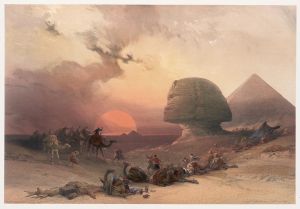
![Entrance to the tombs of the kings of Thebes. Bab-el-Malouk [Bîbân al-Mulûk].](/imgs/217479/s/david-roberts-entrance-to-the-tombs-of-the-kings-of-thebes-babelmalouk-biban-almuluk-599b8a4c.jpg)
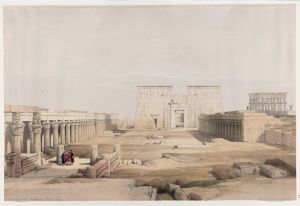
![Temple at Esneh [Isnâ]. Nov. 25th, 1838.](/imgs/217542/s/david-roberts-temple-at-esneh-isna-nov-25th-1838-c31fdf34.jpg)
